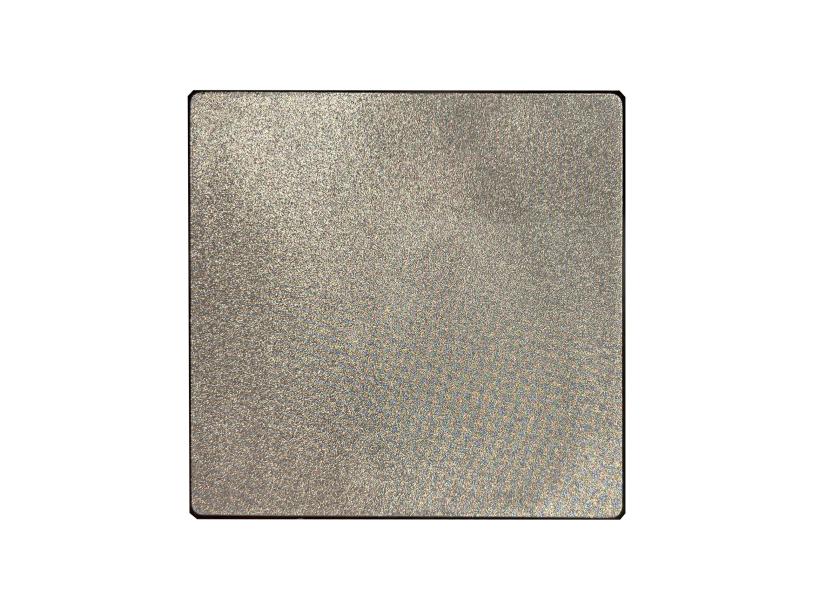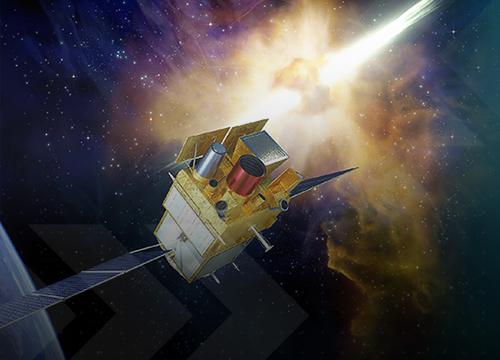X-Radiation, commonly known as X-Ray, is a revolutionary scientific technology that has significantly and positively impacted various applications, particularly in imaging and analysis. At its core, X-ray technology involves the use of X-rays, a type of high-energy electromagnetic radiation, to penetrate materials and generate detailed images of their internal structures. X-rays were first discovered by Wilhelm Röntgen in 1895, and since then, they have found diverse applications in medicine, industry, security, and research.
X-ray technology, with its ability to provide detailed insights into the internal structures of materials, plays a crucial role in diverse applications ranging from medicine to industry and space missions. Innovations like Photonis Micro Pore Optics further enhance the capabilities of X-ray imaging and analysis, making it an indispensable tool for scientific exploration and problem-solving. However, as the technology evolves, it is essential to balance its benefits with safety considerations to ensure its responsible and effective use in various domains.


X-Ray Technology and Detection
X-rays are produced when high-energy electrons collide with a metal target, typically tungsten, platinum, rhodium, etc. This collision generates X-ray photons. These invisible photons are currently widely used for material analysis using techniques such as XRD, XRF, SAXS and others.
X-Ray radiation is also naturally emitted from astronomical subjects and scattered throughout the universe, and then studied mainly in space satellites.
X-Ray detection and analysis instruments mainly consist of an X-ray tube that produces radiation (or natural source from the universe) and is complemented with optics for the manipulation of X-ray trajectory and a detector that captures the X-rays to create images.
Micro Pore Optics (MPO) by Photonis
Leveraging its 40+ years of experience in manufacturing Microchannel Plates (MCPs), Photonis, an Exosens brand, has collaborated with the University of Leicester and the European Space Agency (ESA) to design and develop Micro Pore Optics (MPO) plates. Unlike Microchannel Plates which use round channels to convert ions into electrons and accelerate them, Micro Pore Optics are comprised of square channels that are capable of concentrating or collimating UV photons. This functionality makes MPOs the ideal choice for X-ray imaging and analysis applications. MPOs are routinely produced in the Photonis France facility and are installed on a number of international space missions.


Efficient and Versatile Square Pore Plate
The unique square pore plate is efficient and can be configured in radially packed or square packed channels. They can enhance with Iridium coatings to improve the reflection and films to provide a heat shield. Micro Pore Optics detectors provide a more robust alternative to the standard X-Ray and UV imaging products available today.
Advantages of Photonis Micro Pore Optics
Photonis Micro Pore Optics have been developed for X-Ray imaging applications on interplanetary space missions. Compared to conventional X-Ray optics, Photonis Micro Pore Optics are extremely compact with ultra-low mass. X-Ray and UV photons can be focused, concentrated, or collimated due to the total external reflection at a grazing angle of less incidence inside the micro pore channels.
Products 2
See all exosens products



What's new in X-Ray technology?
See all
Sep 26th 2024
Exosens - Meteor programme
Exosens invests £1m to propel space research and innovation for the Meteor programme in partnership with Leicester’s Space Park


Aug 28th 2023
Photonis is involved in latest JAXA Space Mission, XRISM
On August 26th, 2023, The Japan Aerospace Exploration Agency (JAXA) successfully launched their X-ray Imaging and Spectroscopy Mission (XRISM) Photonis’ Modulated X-Ray Sources (MXS) on-board.

